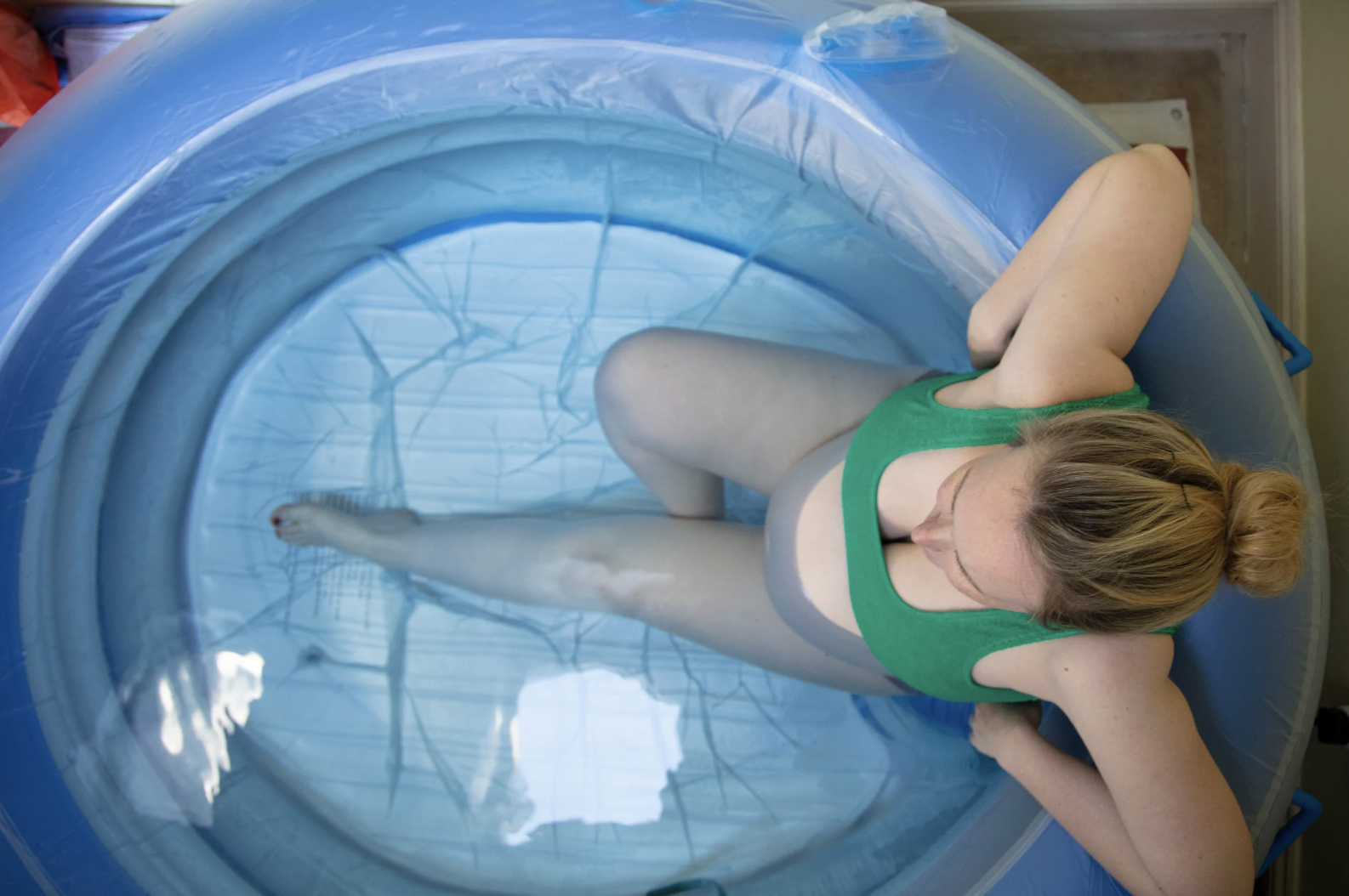If you’re preparing for labor, you’ve probably thought a lot about pain relief options. Whether it’s an epidural, IV medication, or non-medical techniques, pain relief choices are as personal as the labor experience itself. But when do most women feel that need for pain relief?
Here’s a friendly breakdown of when and why many women decide to get pain relief, along with a few common signs that tell them it’s time.
1. Early Labor: Building Up
In early labor, contractions usually start off mild and spread out, like a gentle warm-up. Many women describe early contractions as similar to menstrual cramps or a mild backache, which are usually manageable with breathing, movement, or even a nap.
Since these early contractions often come with long breaks in between, many women find they don’t need medication at this stage. In fact, some women are still at home during early labor and focus on resting, hydrating, and saving their energy.
2. Active Labor: Where Most Women Start to Consider Pain Relief
Active labor is often when contractions become more intense, frequent, and demanding. This phase usually begins when the cervix is dilated to about 6 centimeters, and it’s here that many women start to feel like they need extra help managing the pain. Contractions come closer together, often every 3–5 minutes, and last longer, which can make it harder to rest and recover between each one.
In this stage, women often feel a stronger need for support, whether that’s through breathing exercises, a birthing ball, or medication. For many, it’s when they start thinking about options like an epidural or IV pain medication to help manage the increasing intensity. The decision to get pain relief often depends on how they’re feeling at the moment and their individual labor goals.
3. Transition Phase: The Peak of Intensity
Transition is usually the shortest but most intense part of labor, happening around 8–10 centimeters dilation. During this stage, contractions are very strong and come quickly, often every 1–2 minutes. Many women feel shaky, nauseous, or overwhelmed by the pressure.
Because of its intensity, the transition phase is when even women who planned to go without medication might change their minds. The need for relief can be especially strong, as contractions are at their peak, and the body is working hard to prepare for pushing. For those who choose an epidural, getting it at the start of or before transition can help manage this challenging phase.
4. The Pushing Stage: A New Kind of Intensity
Interestingly, once women reach the pushing stage, many find they’re able to handle the pain differently. This is often because pushing is an active, focused process, and the body shifts its energy toward helping the baby move down. For women who’ve had an epidural, they may feel only pressure or mild discomfort during this stage, depending on the dose.
Some women who planned on going unmedicated find the natural adrenaline surge during pushing helps them power through. However, for those feeling exhausted or in need of support, having an epidural or other pain relief in place during this stage can make a huge difference in comfort and energy.
Common Signs That It’s Time for Pain Relief
While every labor is unique, here are some common signs that tell women they’re ready for pain relief:
- Increasing Intensity: Contractions feel consistently strong, long, and close together, making it difficult to focus on anything else.
- Exhaustion: Many women decide to get pain relief when they feel they need a break to rest or save energy for later stages.
- Difficulty Relaxing: If the pain is too intense to manage with breathing, massage, or movement, it can be a sign that relief is needed.
- Emotional Cues: It’s common to feel a strong emotional shift, like frustration or self-doubt, during transition. Pain relief can help bring calm and focus back to the experience.
The Takeaway: Listen to Your Body
Ultimately, there’s no “right” time to get pain relief in labor—it’s all about what feels right for you in the moment. Many women find that they just know when they’re ready for pain relief, while others may need to discuss it with their healthcare provider or birth partner.
Whether you decide to get pain relief early on, during active labor, or go all the way without it, trust that you’re making the best decision for yourself and your baby. Labor is a unique journey, and however you choose to manage it, you’re doing an amazing job! 💪
Remember, your healthcare team is there to support you every step of the way. Here’s to a comfortable, empowering labor experience that’s right for you!

